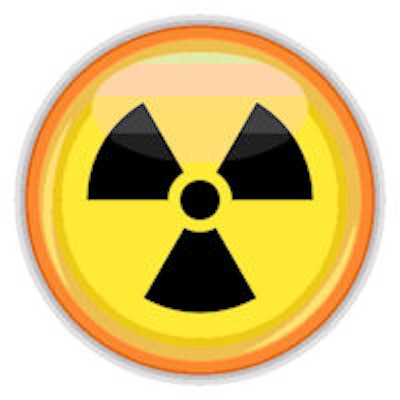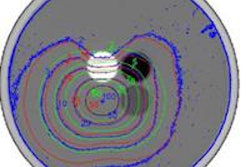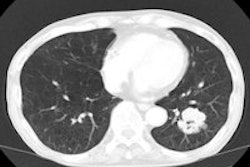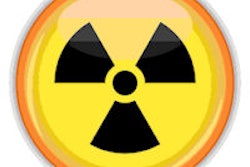
A U.K. government group has issued a report on CT radiation dose that documents the population's rising exposure to medical radiation, and makes recommendations for reducing the cancer risk from that exposure.
The Committee on Medical Aspects of Radiation in the Environment (COMARE) on 14 August issued the report, entitled "Patient radiation dose issues resulting from the use of CT in the U.K."
The report traces the evolution of CT since its development in the 1970s, with the technology evolving from a specialized tool primarily used for brain imaging to a workhorse modality with a wide variety of clinical applications.
CT's utility, however, has resulted in inexorably rising utilization, with the number of CT scans performed in U.K. hospitals rising from just over 1 million in 1996/1997 to almost 5 million in 2012/2013 -- with no let up in sight, the report notes.
This has led to the population's growing exposure to radiation dose that is following similar patterns in the U.S., albeit several decades later. For example, the annual per capita effective dose from medical radiation in the U.K. has grown from 0.33 mSv in 1997 to 0.4 mSv in 2008. In that year, CT accounted for 7% of all medical and dental x-ray exams, but produced 68% of the collective dose.
The report notes the varying rates of cancer risk for individuals who receive scans, with a typical 10-mSv scan associated with a lifetime risk of developing cancer for a 30-year-old male of 520 cases per 1 million and 740 cases per 1 million for females. Particularly troubling is the rising use of CT in children, which approximately doubled from 1993 to 2002, according to a study cited by the report.
The study describes the various tools available for reducing radiation dose during CT scans, such as automatic exposure control (AEC), iterative reconstruction, and dual-energy imaging. The report concludes with a number of recommendations for reducing dose in the U.K.:
- MRI should be used in place of CT in clinical situations in which the sensitivity and specificity of the two modalities are similar.
- Where capacity exists, departments should consider using MRI as an initial investigation.
- Departments should consider proactive approaches to replace CT with MRI when practicable.
- Studies should be commissioned to research how effectively CT could be replaced by other modalities across its spectrum of applications.
- Patients should not be denied the appropriate modality on the grounds of radiation protection alone.
- The trend toward extending CT exams to larger volumes to detect additional or incidental disease should be halted unless supported by published evidence.
- Likewise, the trend in nuclear hybrid imaging to extend the CT component of the exam to the entire body should be stopped.
- Departments should put in place standard protocols for performing CT exams based on clinical application to avoid the extension of exams with no clinical evidence base.
- Exam protocols should be optimized to prevent variation in CT exposure at U.K. hospitals.
- Departments should have core CT teams with ongoing training plans and continuous professional development sessions to ensure optimized radiation dose.
The report is in its entirety is available at the U.K. government's main website.



















